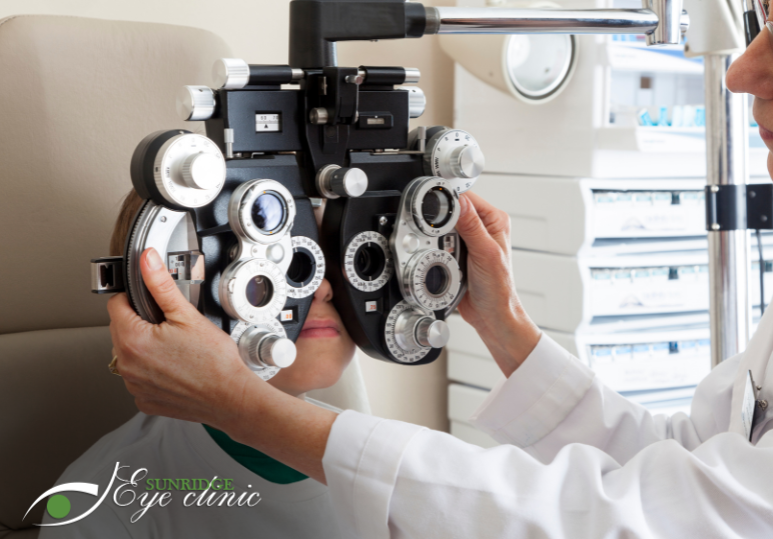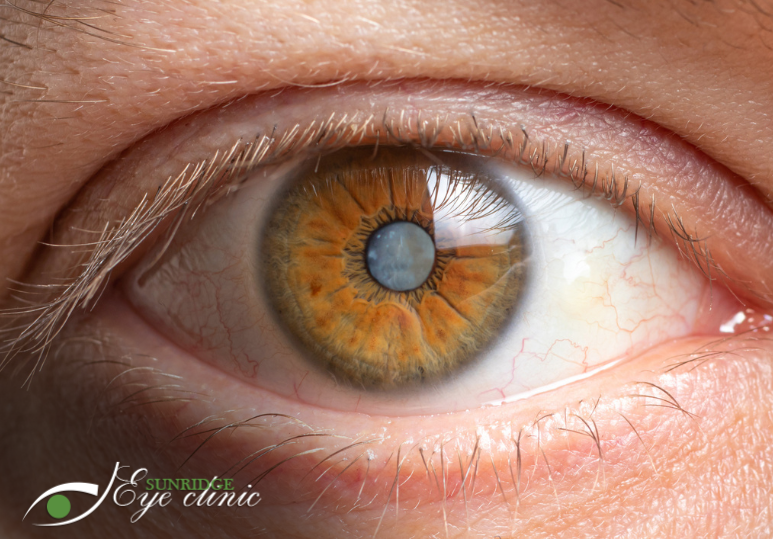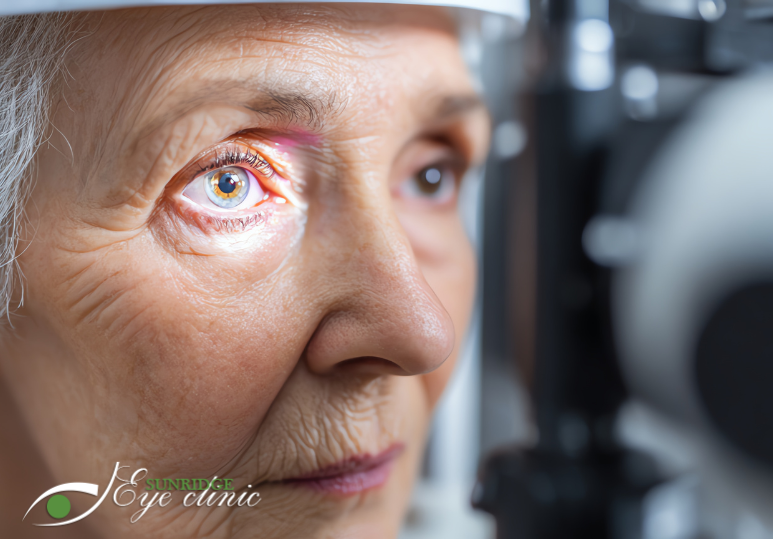1. Use a Humidifier at Home and Work
Calgary’s dry air can quickly deplete the moisture in your eyes. Using a humidifier in your home and workspace helps maintain optimal humidity levels, preventing excessive eye dryness. Aim for a humidity level of at least 30-50% to keep your eyes comfortable throughout the day.
2. Stay Hydrated
Dehydration can worsen dry eye symptoms. Drinking enough water supports tear production and overall eye health. Aim for at least eight glasses of water per day, and increase your intake if you consume caffeine or alcohol, which can contribute to dehydration.
3. Follow the 20-20-20 Rule for Screen Use
Extended screen time can reduce blinking and worsen dry eye symptoms. Follow the 20-20-20 rule: every 20 minutes, take a 20-second break to look at something 20 feet away. This helps prevent eye strain and encourages proper tear distribution.
4. Use Lubricating Eye Drops
Artificial tears or lubricating eye drops can provide relief by mimicking natural tears and keeping your eyes moist. Choose preservative-free drops for long-term use and consult a Calgary optometrist at Sunridge Eye Clinic for the best recommendation based on your symptoms.
5. Protect Your Eyes from Wind and Dry Air
Harsh winds and cold air can worsen dry eye symptoms. Wearing wraparound sunglasses or protective eyewear when outdoors can help shield your eyes from wind and prevent tear evaporation.
6. Adjust Your Diet to Support Eye Health
Omega-3 fatty acids found in fish like salmon, flaxseeds, and walnuts can help improve tear production and reduce inflammation. Including these in your diet can contribute to long-term relief from dry eye symptoms.
7. Limit Contact Lens Use or Switch to Daily Disposables
Contact lenses can exacerbate dryness, especially in Calgary’s dry climate. If you wear contacts, consider switching to daily disposable lenses, which retain more moisture. Alternatively, discuss with an optometrist whether specialty lenses designed for dry eyes may be a better option.
8. Avoid Smoke and Irritants
Smoke, dust, and air pollution can irritate the eyes and worsen dryness. If possible, avoid smoking and exposure to secondhand smoke. Additionally, use an air purifier to reduce indoor pollutants that may contribute to eye irritation.
9. Try Warm Compresses and Eyelid Hygiene
Applying a warm compress to your eyelids can help unclog oil glands, improving tear quality and reducing irritation. Regular eyelid hygiene, such as using a gentle cleanser or specialized lid wipes, can also help prevent inflammation and dryness.
10. Visit a Dry Eye Specialist in Calgary
If your dry eye symptoms persist despite home remedies, a professional evaluation at Sunridge Eye Clinic can provide relief. Advanced treatments such as prescription eye drops, punctal plugs, or in-office therapies may be necessary for long-term management. A Calgary optometrist can assess your symptoms and recommend the best course of action.
Find Lasting Relief for Dry Eyes in Calgary
Managing dry eye syndrome in Calgary’s dry climate requires a combination of daily habits, protective measures, and professional care. By following these ten tips, you can improve eye comfort and prevent irritation. If your symptoms persist, Sunridge Eye Clinic offers specialized dry eye treatments tailored to your needs. Contact us today to schedule an eye exam and explore the best solutions for long-lasting relief.
FAQ’s
Q: What causes dry eye syndrome in Calgary’s climate?
A: Calgary’s dry, windy climate and high altitude reduce moisture in the air, leading to increased tear evaporation and dry eyes.
Q: What are the most common symptoms of dry eye syndrome?
A: Symptoms include redness, irritation, burning, excessive tearing, blurry vision, and a gritty or scratchy sensation.
Q: How often should I see an optometrist for dry eyes?
A: If symptoms persist, schedule an eye exam at least once a year or sooner for personalized treatment options. Contact us to book your dry eye exam today!






